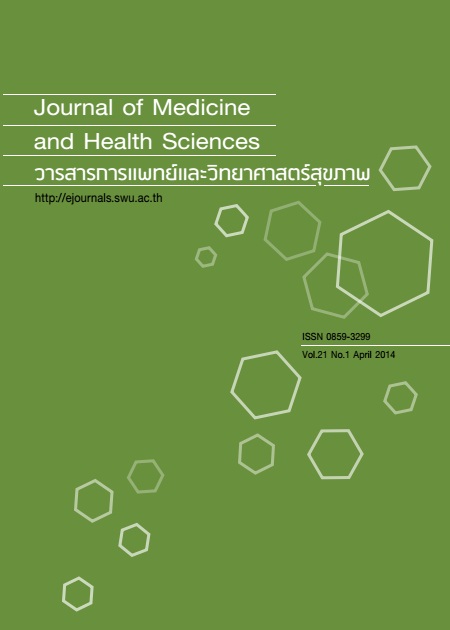Decision support system for orthodontic treatment needs
Keywords:
bayesian network, orthodontic treatment need, malocclusion, decision support systemAbstract
According to several studies conducted in Asia, the major malocclusion problems of permanent dentitions found in patients belong to orthodontic treatment needs (50 to 80%). Some degree of malocclusions can contribute to aesthetic and functional problems. Patients receive general information, and advice about orthodontic treatments from non-orthodontic dentists to be transferred to an orthodontic specialist. Often, patients are transferred without referring documentation, without a need for a treatment; incurring in unnecessary costs and time wasted. This study aims to develop a decision support system to assess the orthodontic treatment needs in permanent dentition patients by using a Bayesian Network (BN). BN was used to describe the mutual relationships among multiple variables contributing to orthodontic treatment need. The data-sets were prepared from 401 pairs of study models. BN was applied to learn algorithms to the training data-sets to develop decision support system for orthodontic treatment need using 5-fold cross-validation. To evaluate the system performance, a comparison between dental diagnosis agreement between the developed system and 2 orthodontists was performed. Receiver operating characteristic curve analysis showed that the model was highly accurate in predicting the orthodontic treatment need; the area under the curve (AUC) was 0.80. There was a high degree of dental diagnosis agreement between the decision support system and orthodontists (kappa index = 0.859).Downloads
Published
2014-07-29
Issue
Section
Original Article


